WILLIAM ACHEFF
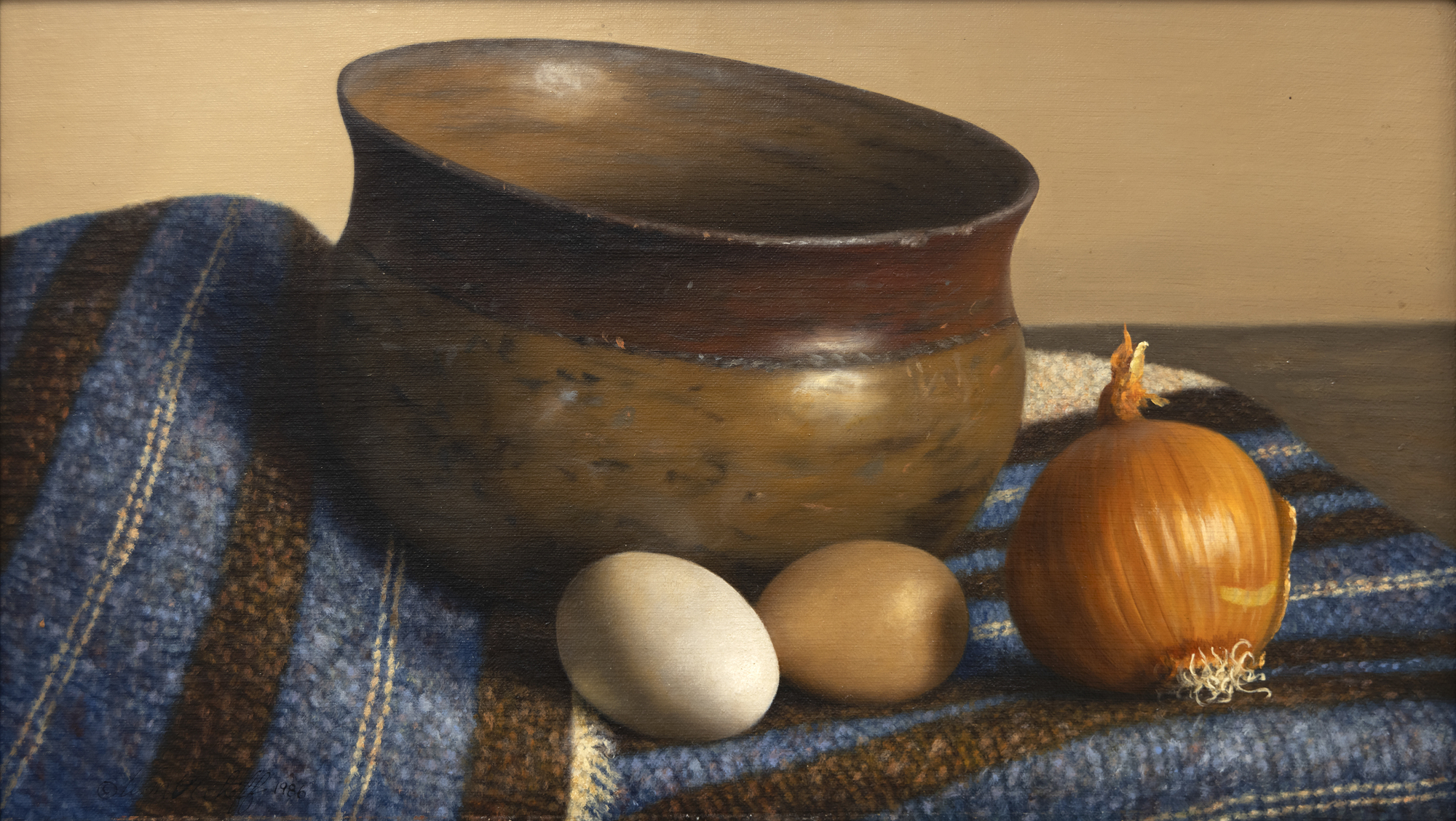
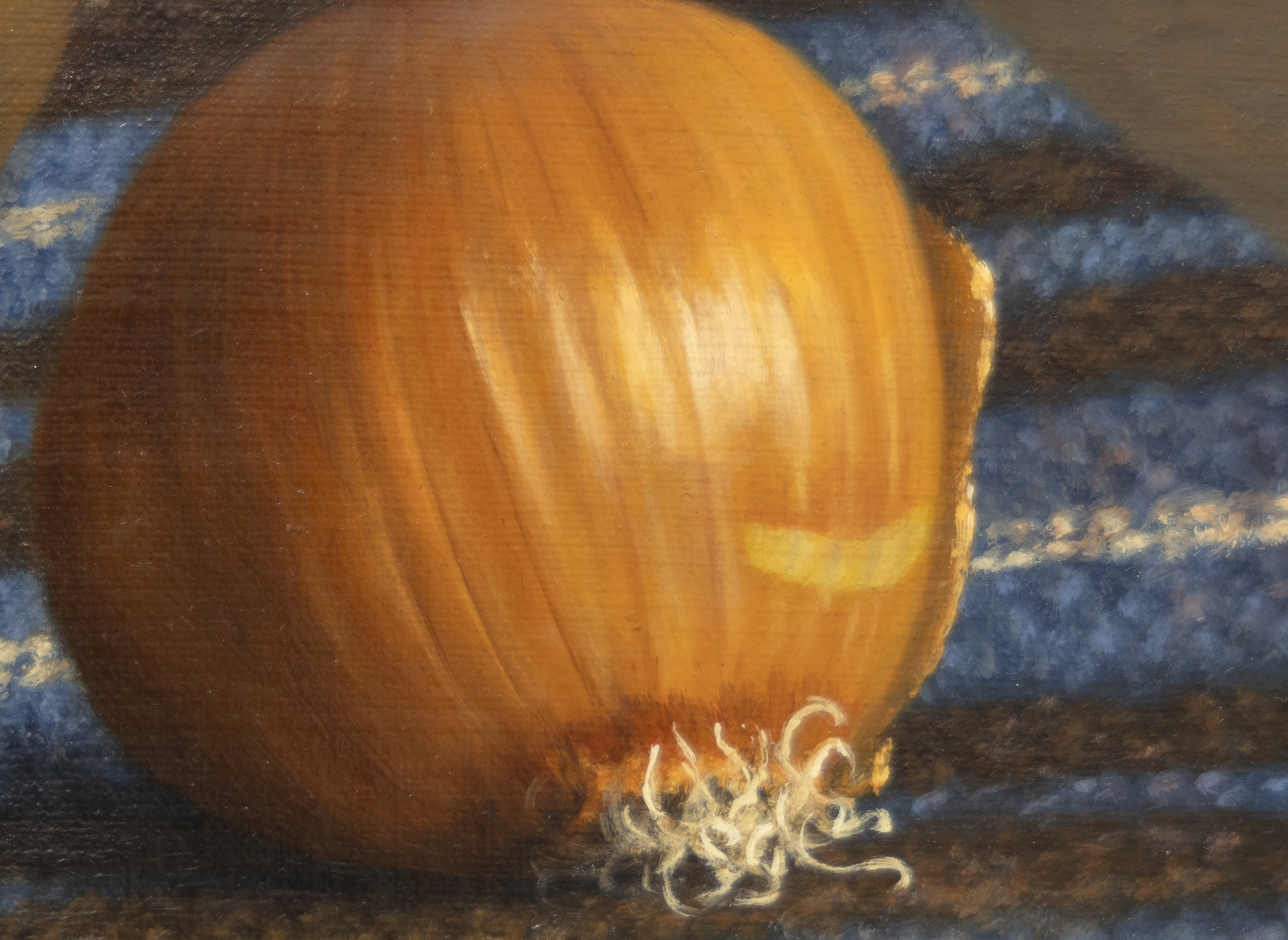
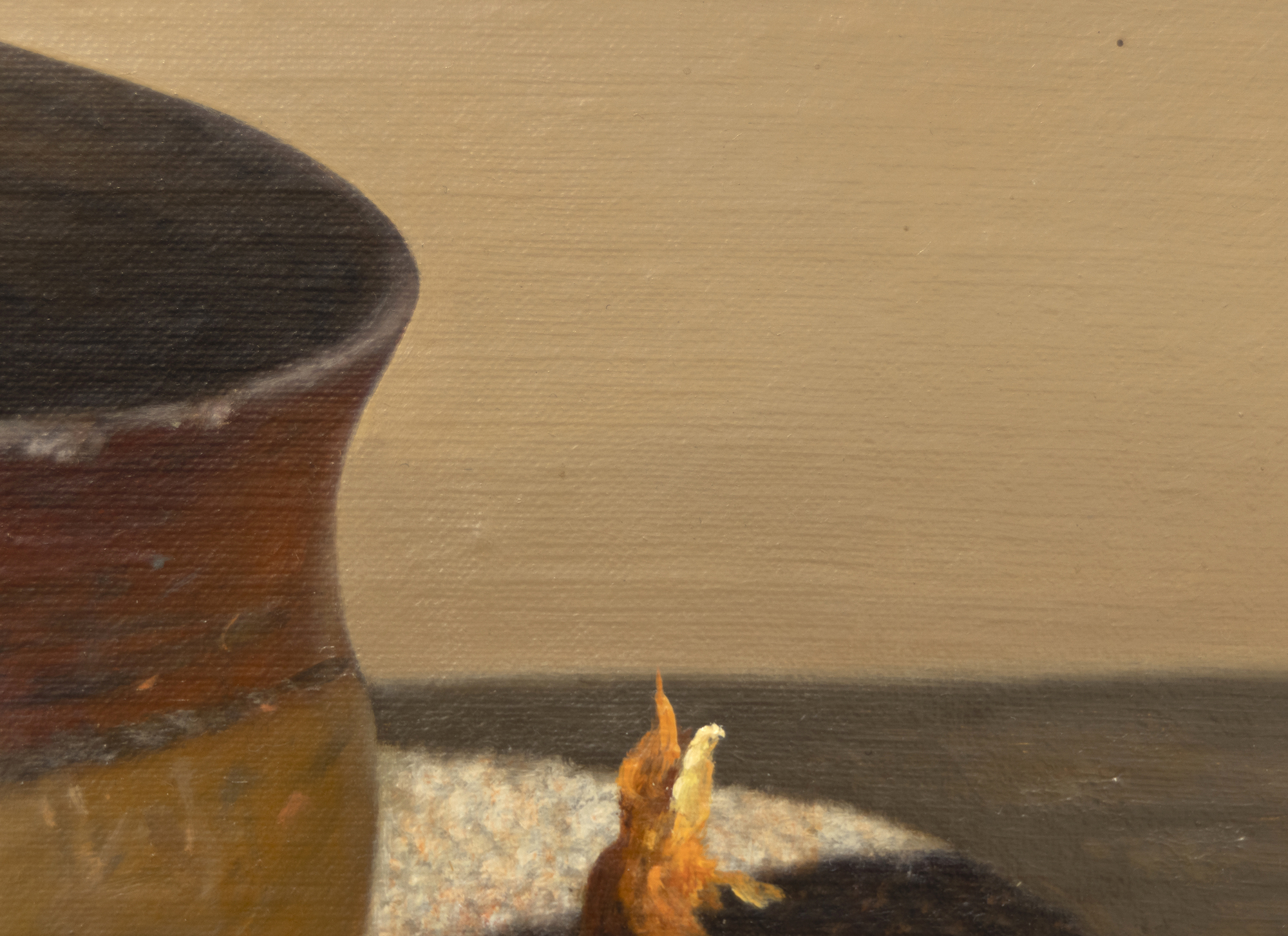
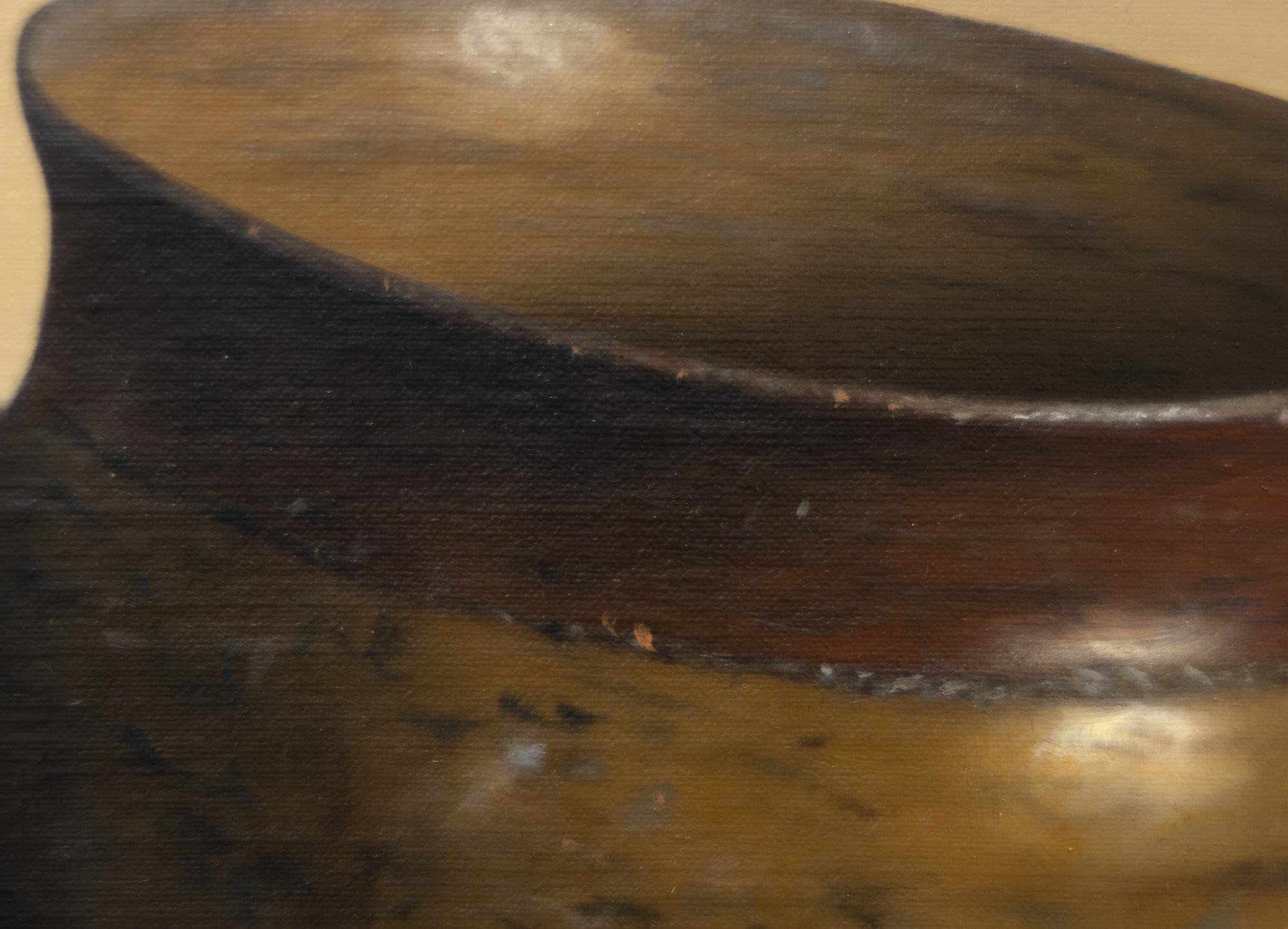
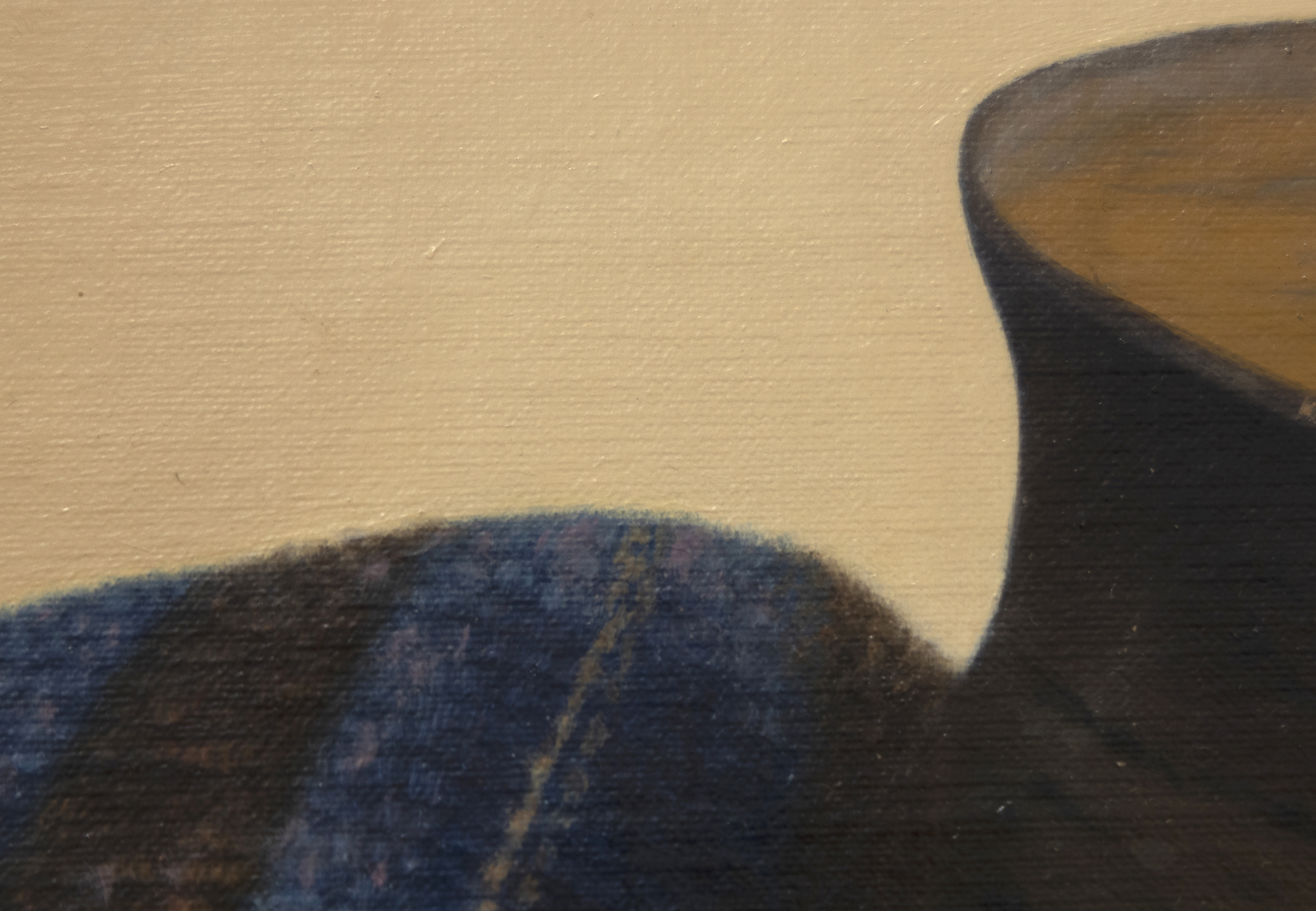
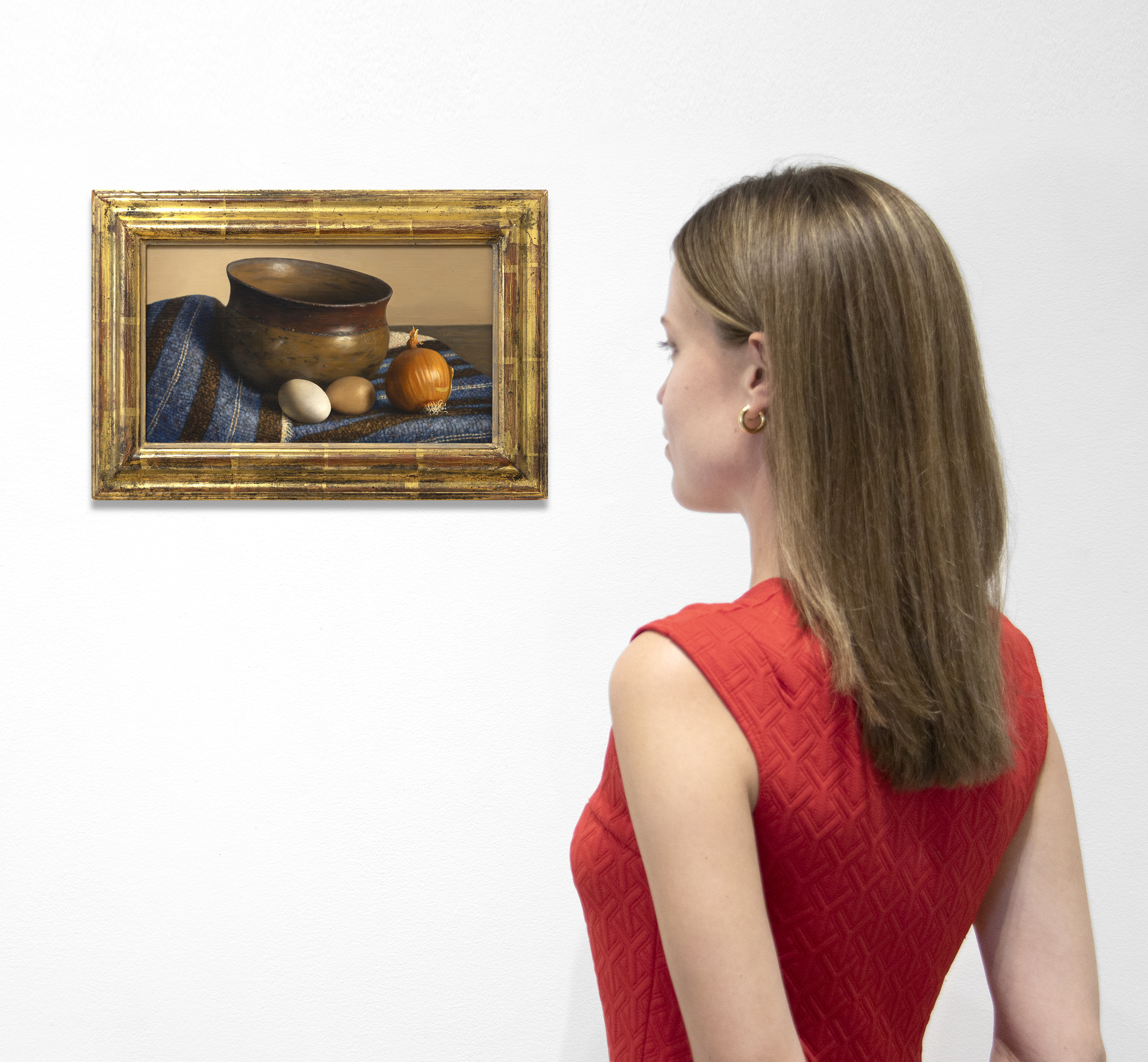
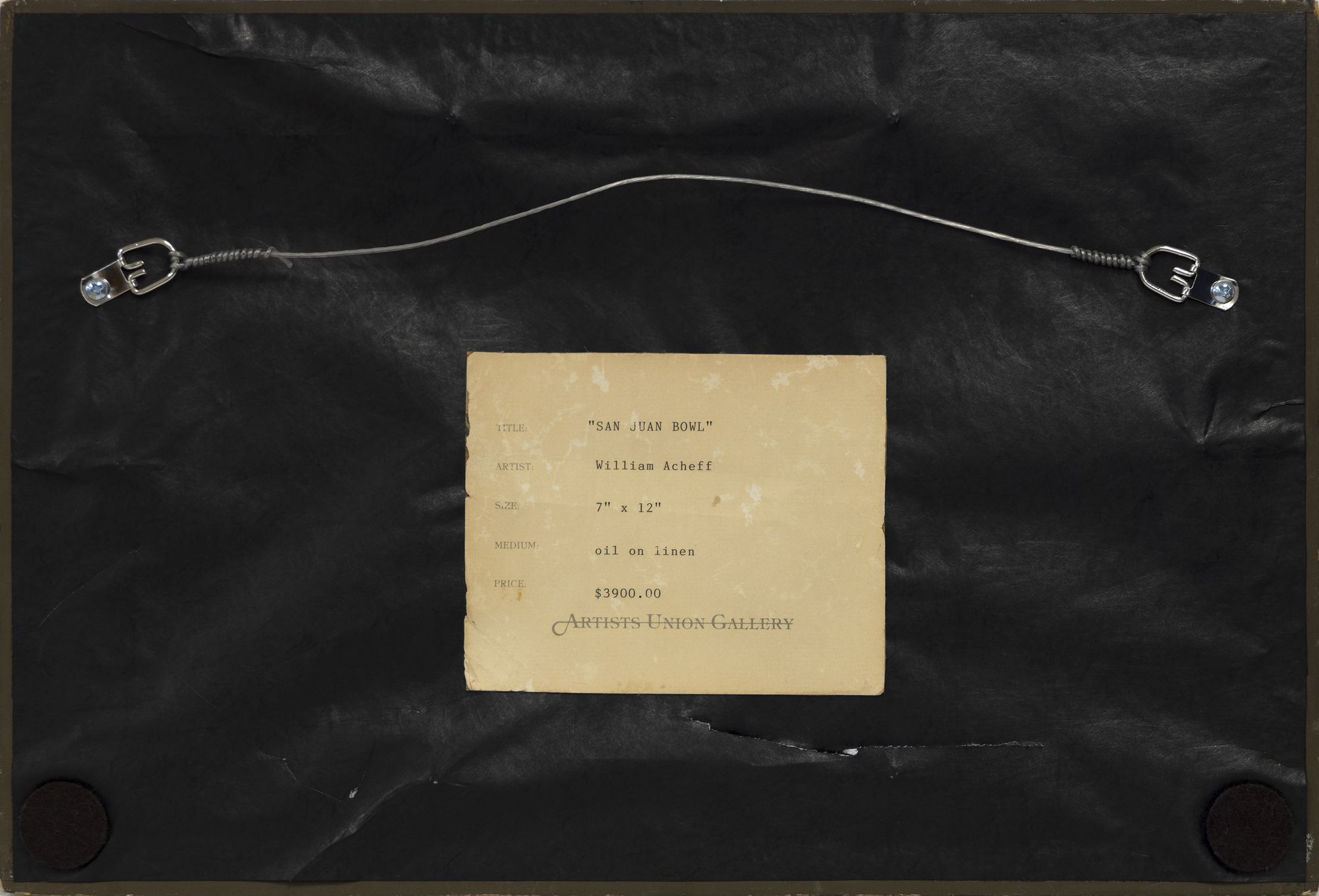
Provenance
Private CollectionThe bowl depicted in the present example is from San Juan, a pueblo rich in a tradition of creating pottery vessels for functional use. Though the early elegant shapes and beautiful curves ended by the 1900s, they were revived in the 1930s and 1940s when local women studied ancient pottery from the area as a basis for a bowl such as the one depicted here. Rather than "San Juan," the native people prefer the traditional name Ohkay Owingeh which means "Place of the Strong People."


